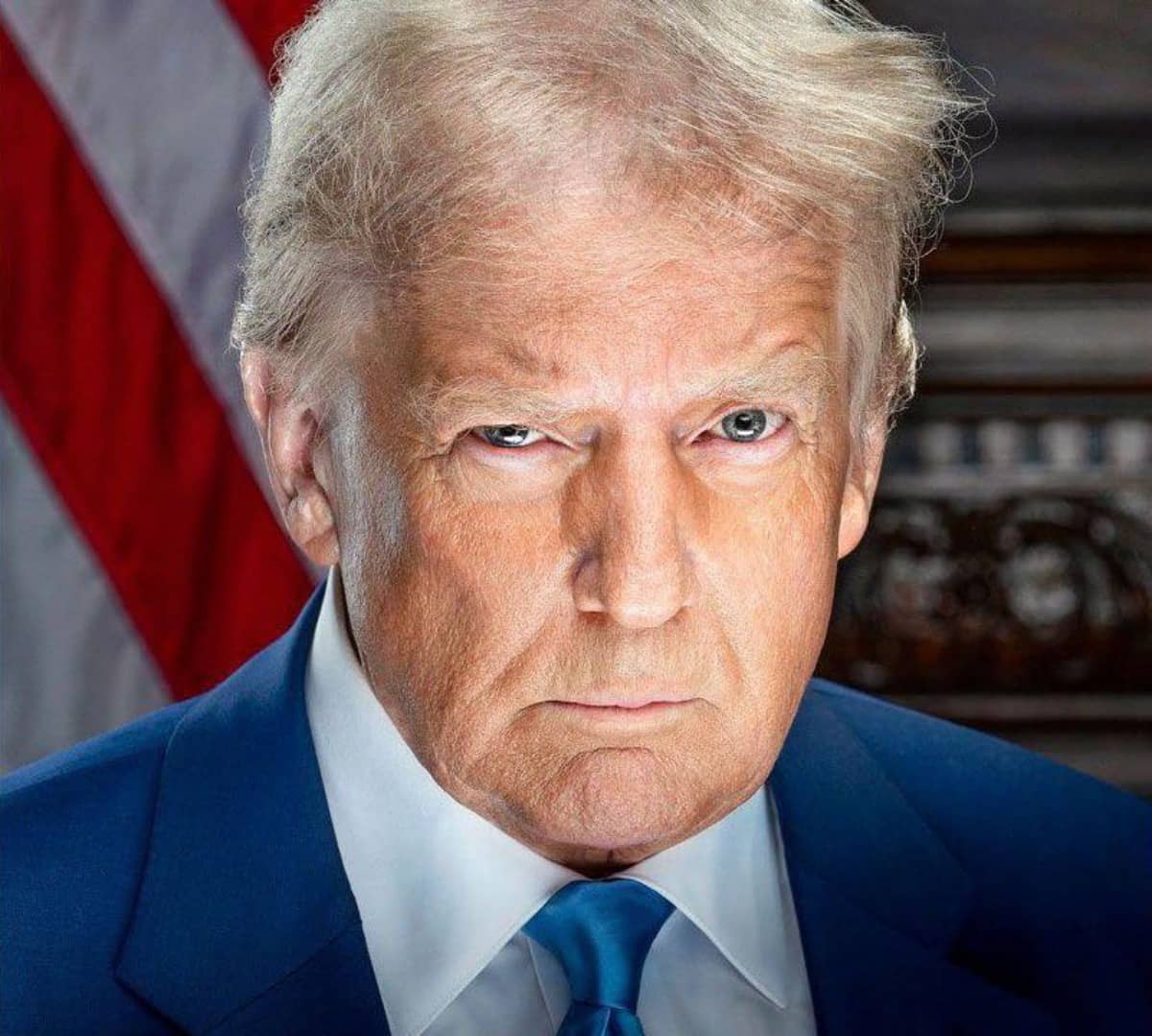Donald Trump has officially banned citizens from 12 countries from entering the United States, issuing a new travel proclamation with brutal wording that’s already drawing backlash.
“We don’t want ‘em,” said Trump in a Truth Social video, as he signed the executive order late on June 4. The policy will take effect from June 9, with seven more countries facing partial restrictions.
Trump said the order was necessary to “protect the national security and national interest” of the US, citing a recent violent attack at a pro-Israel rally in Colorado as an example of threats linked to unvetted foreign nationals.
“We will not let what happened in Europe happen to America,” Trump stated.
“We cannot have open migration from any country where we cannot safely and reliably vet and screen those who seek to enter.”
The 12 countries banned from entering the US under the new order are:
- Afghanistan
- Myanmar
- Chad
- Republic of the Congo
- Equatorial Guinea
- Eritrea
- Haiti
- Iran
- Libya
- Somalia
- Sudan
- Yemen
Seven more countries face partial restrictions, including:
- Burundi
- Cuba
- Laos
- Sierra Leone
- Togo
- Turkmenistan
- Venezuela
Exemptions to the ban include:
- Athletes attending international events like the World Cup or Olympics
- Afghans with Special Immigrant Visas
- Iranian minorities facing religious persecution
- Lawful permanent residents of the US
- Dual citizens of a banned country and a non-banned one
Human rights groups immediately condemned the move. Amnesty International USA called it “discriminatory, racist, and downright cruel.” Human Rights First added that the order would “harm refugees and vulnerable populations” rather than improve security.
“Bans do nothing to make our country secure,” said Robyn Barnard, Senior Director of Refugee Advocacy at Human Rights First.
The executive order has reignited fierce debate over immigration policy and America’s role in protecting refugees versus tightening borders. With Trump ramping up hardline stances ahead of 2026 elections, this ban could be the start of broader policy shifts.






